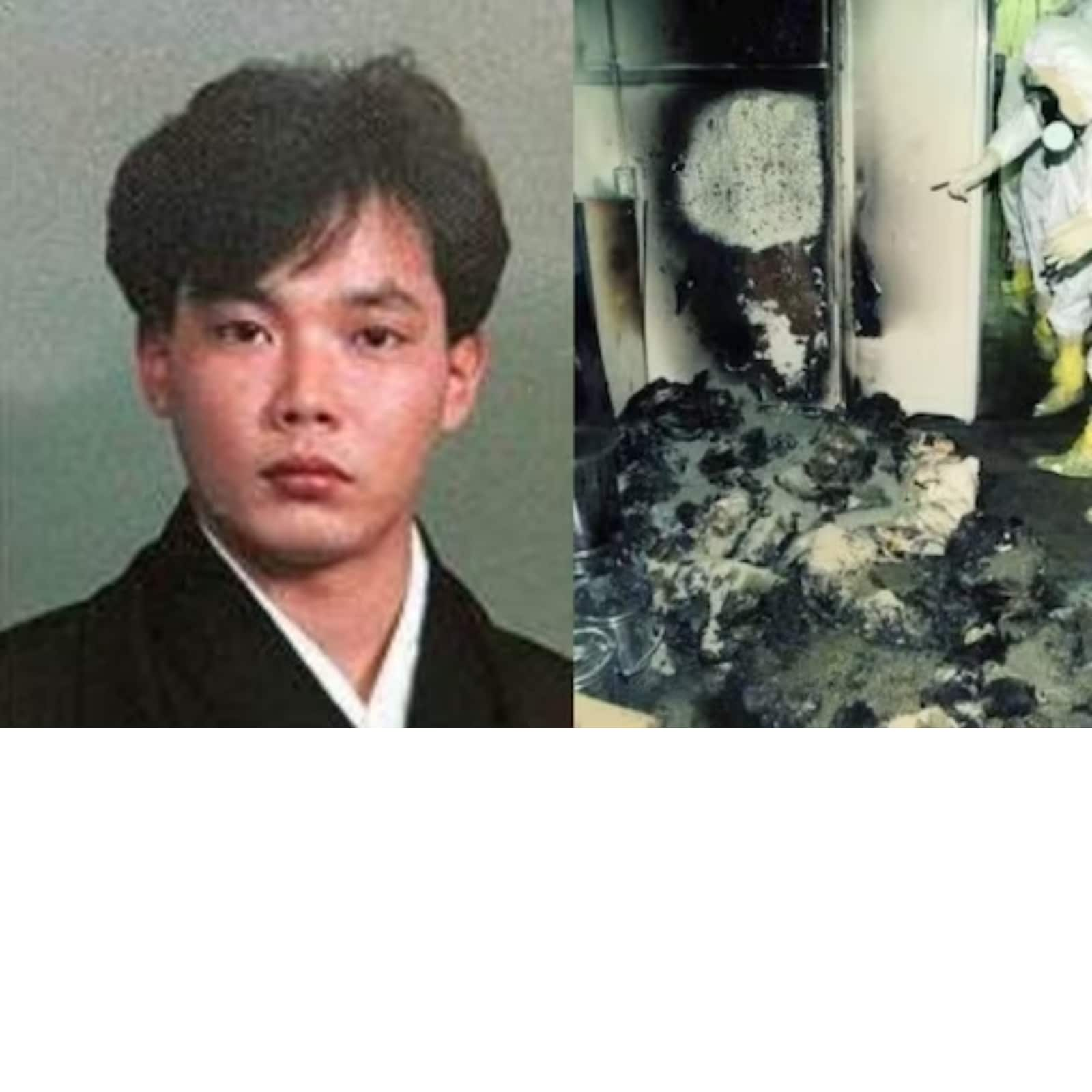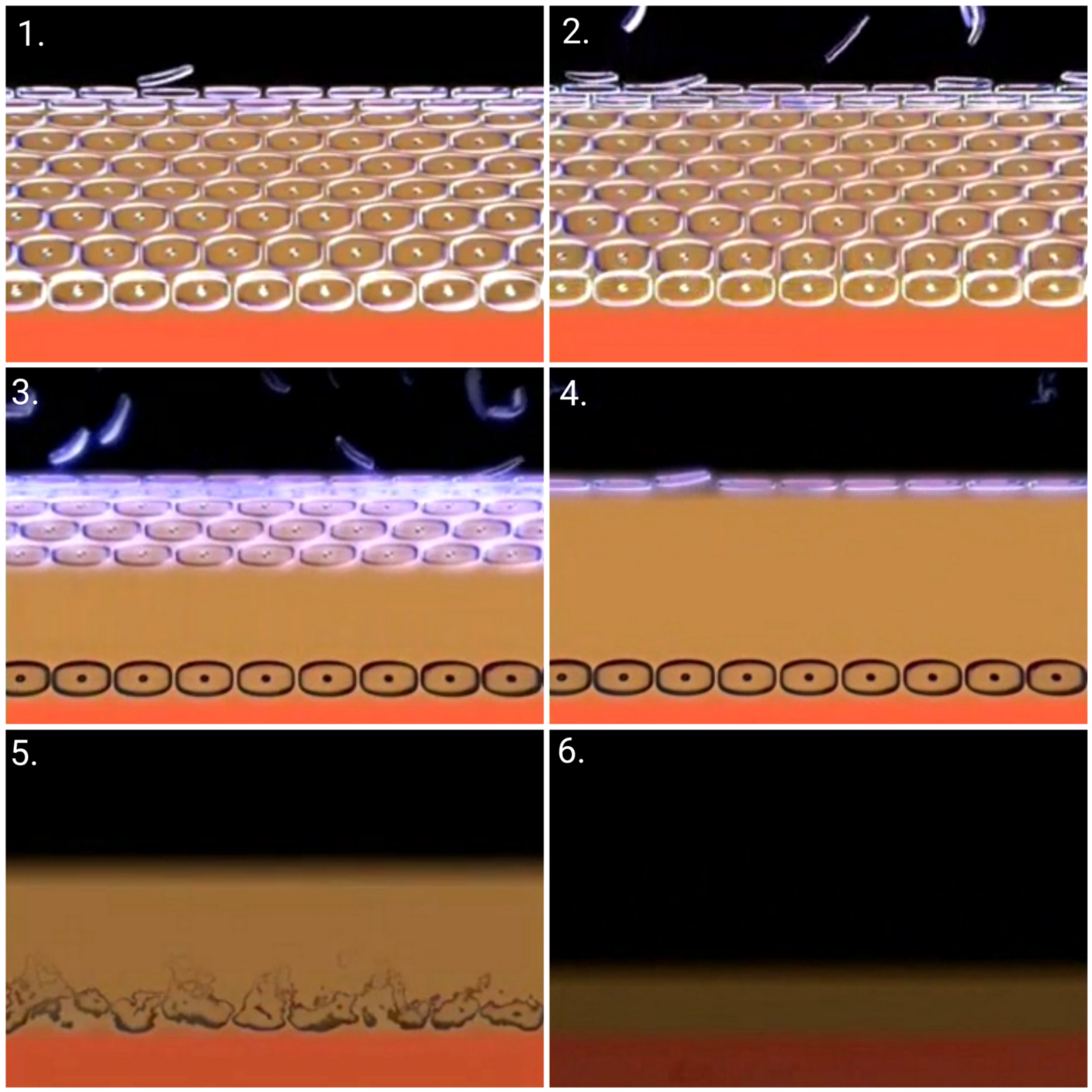Have you ever come across a photo that stops you in your tracks? A single image that carries an entire story, filled with pain, resilience, and humanity? That’s exactly what Hisashi Ouchi’s photos represent—a powerful reminder of one of the darkest moments in modern history.
Hisashi Ouchi’s name might not be familiar to everyone, but his story is one that needs to be told. It’s not just about the man himself; it’s about the events that shaped his life and the world around him. Hisashi Ouchi became a symbol of human suffering and courage after a catastrophic nuclear accident. His story is a testament to the dangers of nuclear technology and the strength of the human spirit.
This article dives deep into the untold story behind Hisashi Ouchi’s photos, exploring the events that led to his tragic fate, the impact of his story on the world, and the lessons we can learn from it. So grab a cup of coffee, sit back, and let’s uncover the layers of this incredible yet heartbreaking journey.
- Garrett Clarks Net Worth 2024 Gm Golfs Millions Revealed
- Lavar Ball The Truth Behind The Big Baller Brand Bio Facts
Table of Contents
- Hisashi Ouchi: A Brief Biography
- The Nuclear Accident That Changed Everything
- The Photos That Shocked the World
- The Global Impact of Hisashi Ouchi's Story
- Medical Aspects of Hisashi's Condition
- Lessons Learned from Hisashi's Tragedy
- Public Reaction and Legacy
- The Human Side of Hisashi Ouchi
- Preventing Future Accidents
- Conclusion: Remembering Hisashi Ouchi
Hisashi Ouchi: A Brief Biography
Who Was Hisashi Ouchi?
Before diving into the harrowing details of the nuclear accident, let’s take a moment to understand who Hisashi Ouchi was as a person. Born on June 26, 1968, in Japan, Hisashi was an ordinary man with an extraordinary destiny. He worked as a technician at the JCO nuclear fuel processing plant in Tokaimura, a small town in Ibaraki Prefecture. Hisashi was dedicated to his job, like many others in the facility, unaware of the dangers that lurked within the walls of the plant.
Hisashi was just 35 years old when the accident occurred. He was married and had a young daughter. His life, like many others, was filled with dreams and aspirations. But on September 30, 1999, everything changed in an instant.
Biographical Data
| Full Name | Hisashi Ouchi |
|---|---|
| Date of Birth | June 26, 1968 |
| Place of Birth | Japan |
| Occupation | Nuclear Technician |
| Place of Accident | JCO Nuclear Fuel Processing Plant, Tokaimura |
The Nuclear Accident That Changed Everything
The Tokaimura nuclear accident is often overshadowed by larger disasters like Chernobyl and Fukushima, but its impact was no less devastating. On that fateful day in 1999, a criticality accident occurred at the JCO plant, releasing a massive amount of radiation into the environment. Hisashi Ouchi was one of the three workers directly exposed to the radiation.
- Antm Cycle 1 The Beginning Of Americas Next Top Model
- Mallory James Mahoney Age Career Fun Facts You Need To Know
What happened? Well, it all boils down to a simple mistake. The workers were mixing uranium oxide powder with nitric acid in a precipitation tank. However, they added too much uranium, causing a chain reaction that released deadly levels of radiation. The radiation exposure was so intense that it left Hisashi and his colleagues in critical condition.
How Did the Accident Happen?
- Human error: The workers violated safety protocols by adding too much uranium to the tank.
- Design flaws: The facility lacked proper safeguards to prevent such accidents.
- Lack of training: The workers were not adequately trained to handle nuclear materials safely.
The Photos That Shocked the World
When we talk about Hisashi Ouchi’s legacy, the photos taken during his treatment are often what come to mind. These images, while difficult to look at, tell a story that words alone cannot convey. They show the physical toll of radiation exposure on the human body, highlighting the dangers of nuclear accidents.
Hisashi’s face and body were severely burned, and his skin was peeling off in large patches. The photos captured the raw, unfiltered reality of what happens when humans come into direct contact with radiation. They served as a wake-up call for governments, scientists, and the public about the risks associated with nuclear technology.
Why Are These Photos Important?
- They provide a visual representation of the consequences of nuclear accidents.
- They highlight the importance of safety measures in nuclear facilities.
- They serve as a reminder of the human cost of such disasters.
The Global Impact of Hisashi Ouchi's Story
Hisashi Ouchi’s story didn’t just affect Japan; it had a ripple effect across the globe. Governments and organizations around the world took notice, leading to increased scrutiny of nuclear safety protocols. The accident prompted a reevaluation of how nuclear facilities are managed and regulated.
Many countries tightened their safety standards, invested in better training programs, and improved emergency response systems. The tragedy of Hisashi Ouchi became a catalyst for change, pushing the nuclear industry to prioritize safety above all else.
How Did the World Respond?
- International Atomic Energy Agency (IAEA) conducted investigations and issued new guidelines.
- Public awareness campaigns were launched to educate people about nuclear safety.
- Research into radiation treatment and prevention was accelerated.
Medical Aspects of Hisashi's Condition
From a medical standpoint, Hisashi Ouchi’s case was unprecedented. He suffered from acute radiation syndrome, a condition that affects the body’s ability to repair itself. The radiation damaged his DNA, leading to organ failure and severe burns.
Doctors at the University of Tokyo Hospital did everything they could to save Hisashi. They performed multiple skin grafts, blood transfusions, and experimental treatments. Despite their best efforts, Hisashi passed away 83 days after the accident. His death was a stark reminder of the limitations of modern medicine when faced with extreme radiation exposure.
What Did We Learn from Hisashi's Medical Treatment?
- The importance of rapid medical intervention in radiation exposure cases.
- The need for better treatment options for acute radiation syndrome.
- The critical role of research in advancing medical knowledge.
Lessons Learned from Hisashi's Tragedy
Hisashi Ouchi’s story is a powerful lesson in the importance of safety, responsibility, and accountability. It teaches us that even the smallest mistake can have catastrophic consequences. It also underscores the need for continuous improvement in nuclear safety protocols.
One of the key takeaways is the importance of a culture of safety. Employees at nuclear facilities must be trained to prioritize safety above all else, and management must create an environment where workers feel comfortable reporting potential hazards.
Key Lessons:
- Never underestimate the power of human error.
- Invest in robust safety systems and procedures.
- Foster a culture of accountability and transparency.
Public Reaction and Legacy
The public reaction to Hisashi Ouchi’s story was one of shock, sadness, and outrage. People around the world were moved by his suffering and the bravery he showed in the face of unimaginable pain. His story sparked debates about the future of nuclear energy and the ethical implications of its use.
Hisashi’s legacy lives on through the changes that were made in the nuclear industry. His story serves as a constant reminder of the dangers of complacency and the importance of vigilance. It also highlights the resilience of the human spirit, even in the darkest of times.
How Has Hisashi's Story Influenced Public Opinion?
- Increased skepticism about the safety of nuclear power plants.
- Greater public engagement in discussions about nuclear energy.
- Heightened awareness of the risks associated with nuclear technology.
The Human Side of Hisashi Ouchi
While Hisashi Ouchi’s story is often told through the lens of science and politics, it’s important to remember the human side of the tragedy. Hisashi was a father, a husband, and a friend. His life was filled with love, laughter, and moments of joy, just like anyone else’s.
His family and friends were left to pick up the pieces after his passing. They grieved not just for the loss of a loved one, but for the loss of a life cut tragically short. Hisashi’s story is a reminder that behind every statistic and headline is a real person with a real story.
Preventing Future Accidents
Preventing future nuclear accidents requires a multifaceted approach. It involves improving technology, enhancing safety protocols, and fostering a culture of responsibility. Governments, organizations, and individuals all have a role to play in ensuring that tragedies like Hisashi Ouchi’s never happen again.
Investment in research and development is crucial. New technologies can help reduce the risk of accidents and improve response times in the event of an emergency. Education and training programs must be updated regularly to reflect the latest advancements in the field.
Steps Toward a Safer Future:
- Adopt the latest safety technologies and innovations.
- Implement comprehensive training programs for nuclear workers.
- Encourage collaboration between governments and organizations.
Conclusion: Remembering Hisashi Ouchi
Hisashi Ouchi’s story is one of tragedy, but it’s also one of hope. It reminds us of the importance of safety, responsibility, and humanity. His legacy lives on through the changes that were made in the nuclear industry and the lessons that were learned from his tragedy.
As we reflect on Hisashi’s life and the events that shaped it, let’s take a moment to honor his memory. Share this article with others, leave a comment below, and continue the conversation about nuclear safety. Together, we can ensure that Hisashi Ouchi’s story is never forgotten.
What are your thoughts on Hisashi Ouchi’s story? Let me know in the comments below. And don’t forget to check out other articles on this site for more insights into the world of nuclear safety and beyond!
- Amelia Kinkade Rue Mcclanahans Niece And Her Hollywood Story
- Garrett Clarks Net Worth 2024 Gm Golfs Millions Revealed


